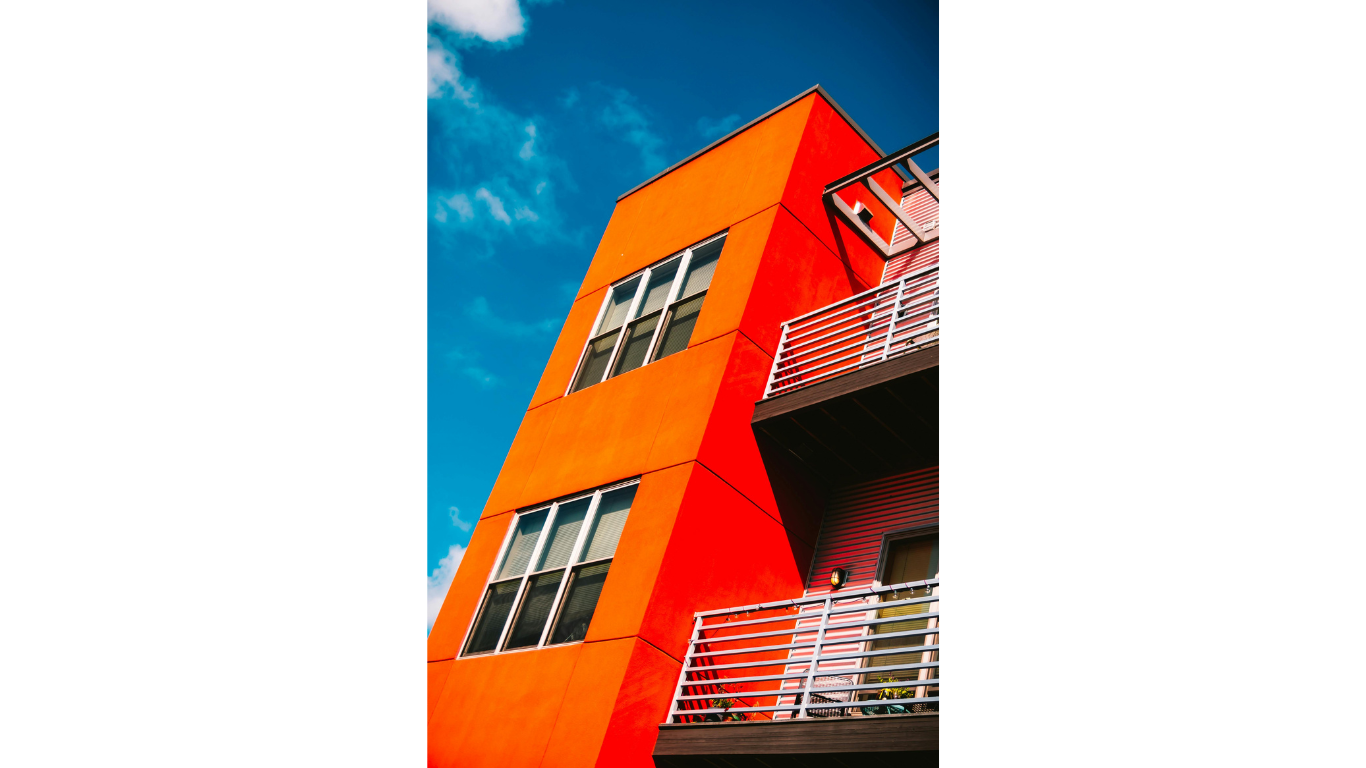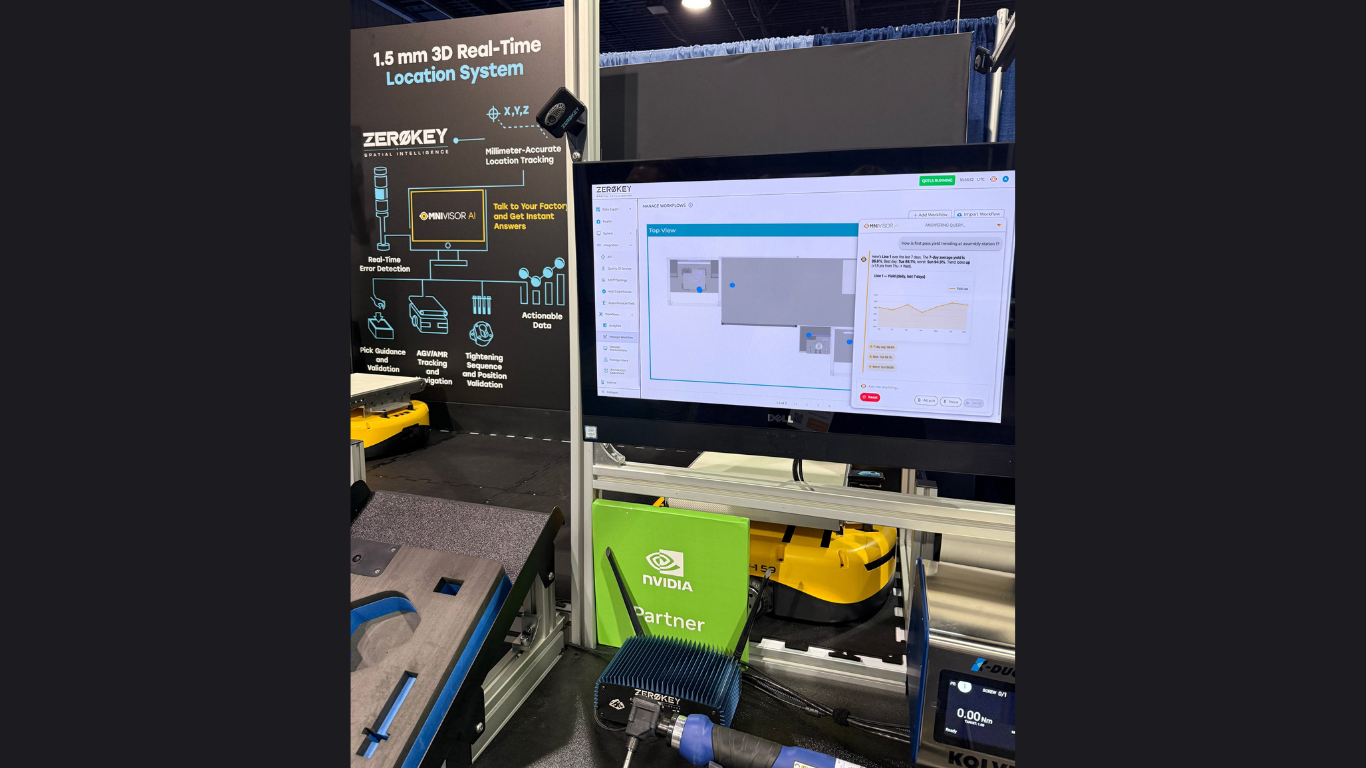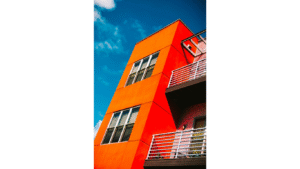For any business, the condition of its property reflects directly on its reputation. A clean, well-maintained exterior signals reliability, professionalism, and attention to detail, qualities that customers, clients, and employees all notice. Neglect, on the other hand, can lead to repairs, reduced energy efficiency, and even safety hazards that affect day-to-day operations.
Regular exterior maintenance ensures that the building remains durable and attractive for years to come. It prevents small problems from escalating into expensive structural issues while preserving the property’s value.
Addressing Structural Wear Before It Spreads
Commercial buildings endure constant exposure to the elements. Rain, wind, temperature fluctuations, and ultraviolet rays gradually wear down surfaces, creating minor imperfections that often go unnoticed at first.
These small issues can compound, leading to leaks, drafts, or deterioration in building materials. Tasks such as sealing cracks, replacing damaged siding, or fixing nail pops help maintain the building envelope’s integrity. Even small gaps allow moisture to seep in, which can cause rot and mold growth. Regular inspections by maintenance professionals ensure that damage is identified early and corrected before it spreads.
Roofing systems are vulnerable to wear. Seasonal temperature changes can cause materials to expand and contract, leading to loosened fasteners or membrane tears. Proactive repairs and routine inspections extend the lifespan of commercial roofs, preventing unexpected leaks that might disrupt operations or damage interior assets.
Preventing Water Damage and Drainage Problems
Water infiltration is the most common cause of building deterioration. Without proper drainage, rainwater can pool around the foundation or seep behind walls, compromising both the structure and its insulation. Maintaining gutters, downspouts, and grading systems ensures that water flows away from the property as intended.
Regularly clearing debris from gutters and checking for blockages helps avoid overflow during storms. If left unchecked, clogged gutters can lead to roof leaks, foundation erosion, and water-stained facades. Pressure washing exterior surfaces removes algae and mildew, which can trap moisture and damage paint or masonry.
Protecting Exterior Finishes and Curb Appeal
A building’s exterior is the first thing visitors and clients see. Peeling paint, stained walls, or cracked surfaces can give the impression of neglect, even if the business operates efficiently inside. Routine cleaning, painting, and surface refinishing preserve the professional image that every company strives to maintain.
Exterior materials such as brick, stucco, metal, and vinyl each require specific maintenance methods. Regular inspections help identify fading, oxidation, or damage early, allowing for targeted restoration before replacement becomes necessary. In high-traffic or industrial areas, scheduling professional cleanings helps remove pollutants and grime that accumulate faster than on residential structures.
Improving Energy Efficiency Through Exterior Upkeep
Well-maintained exteriors play an important role in energy conservation. Cracked seals, deteriorated insulation, or damaged windows allow air to escape, forcing HVAC systems to work harder to maintain comfortable temperatures. By sealing leaks and replacing damaged weatherstripping, property owners can significantly reduce energy consumption and lower operational costs.
Exterior maintenance includes inspecting insulation layers, roofs, and walls for signs of heat loss or water intrusion. Modern energy audits can identify inefficiencies invisible to the naked eye, guiding targeted upgrades that improve building performance. Businesses that stay proactive in maintaining exterior efficiency often see measurable savings on utility bills while reducing their environmental footprint.

Ensuring Safety and Compliance
Maintaining the exterior of a commercial property isn’t just about aesthetics, it’s a matter of safety and compliance. Loose siding, cracked walkways, or unstable structures can create hazards for employees and visitors. Regular inspections help identify and correct these issues before accidents occur.
Many local building codes require businesses to keep exteriors in good repair to prevent unsafe conditions. Staying compliant not only avoids penalties but also demonstrates a commitment to the well-being of everyone who interacts with the property.
Extending Property Value and Longevity
Like any major investment, a commercial building benefits from consistent care. Routine maintenance preserves both structural integrity and market value. A property that is regularly inspected and well-documented for maintenance will command a higher resale or lease price compared to one showing signs of neglect.
Scheduled upkeep makes financial planning more predictable. Instead of facing sudden large expenses for emergency repairs, businesses can spread maintenance costs throughout the year, allowing for better budgeting and resource allocation.
Routine exterior maintenance is one of the smartest investments a business can make. By staying ahead of structural wear, water damage, and energy inefficiencies, property owners can protect both their financial and physical assets. A well-cared-for building lasts longer and conveys reliability and professionalism to everyone who passes through its doors.
Article received via email






























